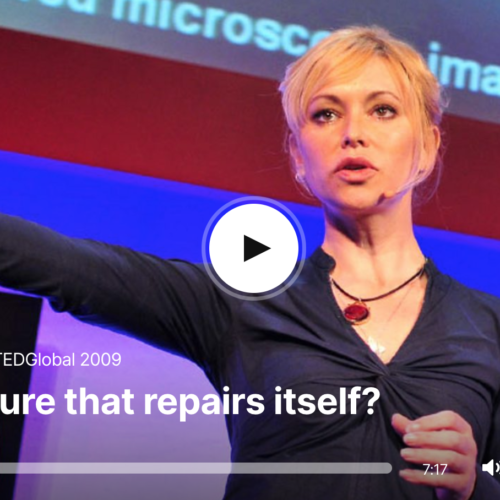
Self-Repairing Infrastructure an A/E Innovation
Can architecture repair itself? In a recent TED talk, Rachel Armstrong, a scientist and inventor, explains how not-quite-living architecture could help save unstable infrastructure. Architects and engineers are searching to use more effective and sustainable materials. Ms. Armstrong suggests looking at nature to find solutions.
New materials for architecture and engineering A/E projects can be created by using metabolic materials. By creating materials that mimic nature, infrastructure can be built with the ability to self-repair. This type of matter does have DNA but are protocells that are chemically engineered to pattern environments. The use of some properties of living systems can be used to teach materials to self-repair damage.
An example used in the TED talk is that of growing limestone reefs that can be used to upgrade infrastructure. Protocells are used to deliver limestone to essentially fossilize or petrify buildings which stops the progress of damage.
Transitioning from inert to living matter when creating structures increases sustainability that reduces maintenance and repair costs while also benefiting the environment.
Why is sustainability in A/E important?
The goal of sustainability in A/E design is to minimize negative environmental impact. This includes design elements such as materials choice or the use of energy. Another aspect to be mindful of is the impact made on the environment during the construction process. Using presently available materials and materials that are easily replaced for other purposes should be a priority when planning projects.
The demand for use of sustainable materials is growing. An example is the use of bamboo as an alternative to wood for paper products. Trees take years to grow which means each tree used for materials takes years to replace. Bamboo plants take 90 to 120 days to grow to a plant of sufficient size to be used to create the same product. By taking less time to replenish raw materials, more products can be created while lessening environmental impact, therefore bamboo is more sustainable than wood.
Sustainability and Economy at OEI
OEI is dedicated to being knowledgeable about all available materials. By striving for continual improvement and innovation we discover the best materials, processes, and practices for each project. With careful selection of materials and design choice, the resulting finished product will be finished within a timely manner and require less overall maintenance. This saves our clients time and money.
OEI A/E Department
We are a licensed firm that provides full architecture and engineering services. Being a multidisciplinary firm is just one way we can better serve our clients. Our architectural team works with clients through design and construction while operating within budget and time goals. Contact us today to get started on your next new build or rehab project.
